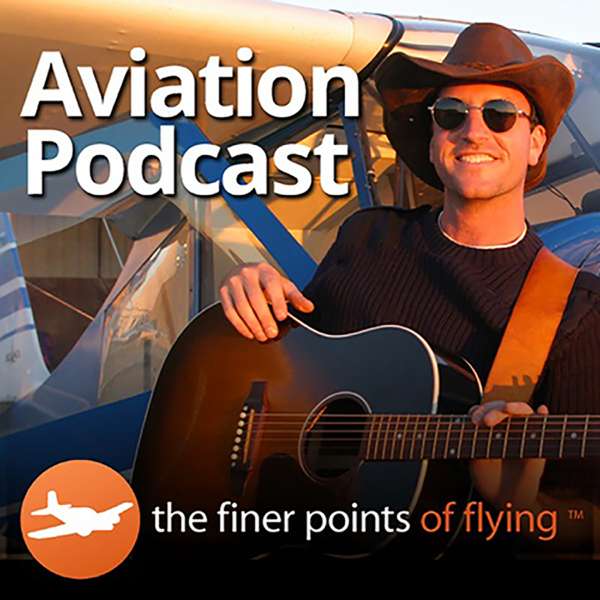I'm not sure why, but this weekend made me take pause from a General Aviation perspective. There were two fatal accidents in SW Missouri that caught my eye. The first, was a tragic story of a father, mother, and two children that were killed when the A36 took off from a friend's grass field, only to stall at about 100 feet over the tree tops. Their 5 year old is in critical condition. The second was a business owner that entered into a thunderstorm which ripped his Saratoga into pieces. As a pilot, I immediately jumped to the conclusion in the first accident that the field may have been short, soft, and probably at a high density altitude. With 5 people, even though three were children, luggage, and who knows how much fuel, I can imagine the pilot saw the trees coming at him, pulled back and took aim for the tree tops. My theory could be way off base, but if it is, then this type of accident probably happened somewhere else recently. Since no thunderstorm has ever outpaced an airplane, the pilot flew into the storm, expecting to get through it.
My experience is that when there is an accident, pilots that read about it, generally figure out what went wrong in less than 30 minutes, which is proved right a year later, when the NTSB releases its findings that the pilot was unable to maintain control of the airplane when it (fill in the blank). The reason why our community is able to pinpoint the issue, is because the list of alternatives is finite, and we've been through this before. So the question is, if the list is so small and its the same mistakes over and over, then why aren't pilots (especially the good ones), staying out of those situations?
The answer is discussed and discovered in tonight's show. As pilot's we are taught about proper flight planning to limit risks associated with making a flight. We are given cool mnemonics, like, IMSAFE (Illness, Medications, Stress, Alcohol, Fatigue, Emotion/Eating) and PAVE (Pilot, Aircraft, environmental, External pressures). We're also taught about dangerous attitudes:
* Anti-Authority
* Impulsive
* Invulnerability
* Macho
* Resignation
And to top it off, all pilots are taught to make and respect personal minimums. Seems like we have plenty of education on how to make intelligent decisions regarding a flight.
The problem is that pilots are also taught to be procedural and to stick to a process, whether its GUMPS (Gas, Undercarriage, Mixture, Prop, Safety/Switches or the 5 (or 7) T's (Turn, Time, Twist, Throttle, Talk, Tires, Track). It doesn't matter if your plane doesn't have retractable gear, just skip that step. We can apply our acronyms to a diverse set of circumstances. The same is said for personal minimums. We're taught to determine our minimum ceilings, visibility, and cross wind component and commit that to memory. There are two problems with this. One, the list is incomplete. Doesn't it also make sense to add items like how much fuel should you have when you land at your destination, how much sleep you should have the night before a flight, and various other factors. Second, the personal minimum equation assumes it only changes when your confidence supports making the change. In reality, your personal minimums should change with each flight, based on what aircraft you'll be flying, the weather, the passengers, the destination airport, and so on. And why don't we do live by this concept? COMPLACENCY and MISPLACED CONFIDENCE. We fly between these two airports all the time, I can go. Never mind that you're flying in a different aircraft that doesn't have the horsepower and avionics that you're so used to flying. Never mind that you didn't sleep so well and that you skipped breakfast. It's decent weather, so I am good to go!
True confidence comes from practicing with a purpose, proper planning, and understanding the factors and alternatives in play for each flying event. That confidence will drive a proper set of considerations in building your custom personal minimums for that flight. As pilots, we have the power to make a significant contribution to making our passion a safer and more rewarding experience. I have a saying that everyone is either committed or complacent, there is no in-between. Right now, which one is you? More important, starting from this point forward, which one will be you?
BLUE SKIES and TAILWINDS!

 Our TOPPODCAST Picks
Our TOPPODCAST Picks  Stay Connected
Stay Connected







